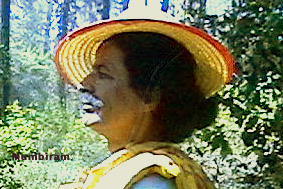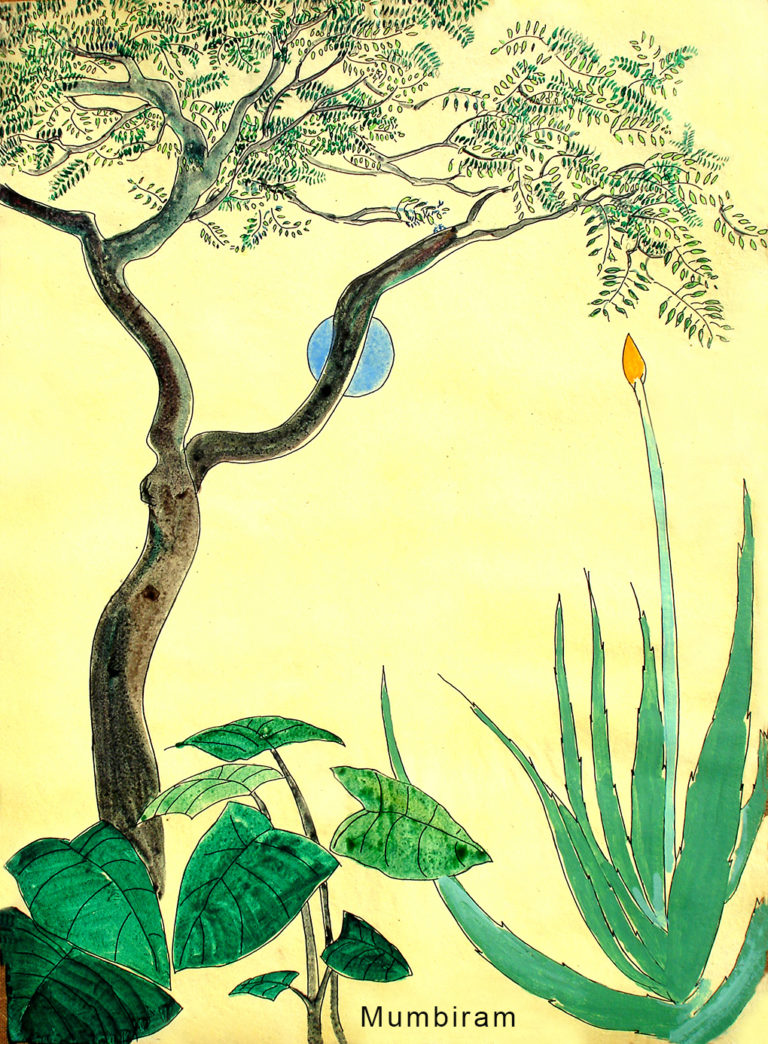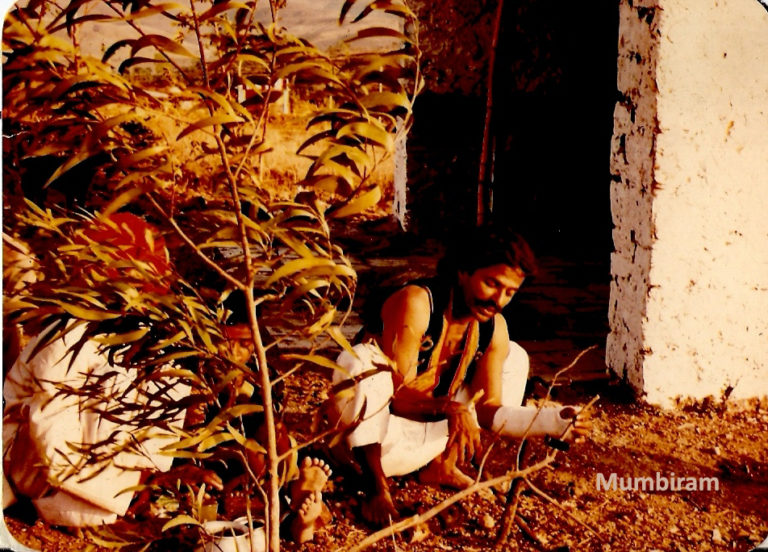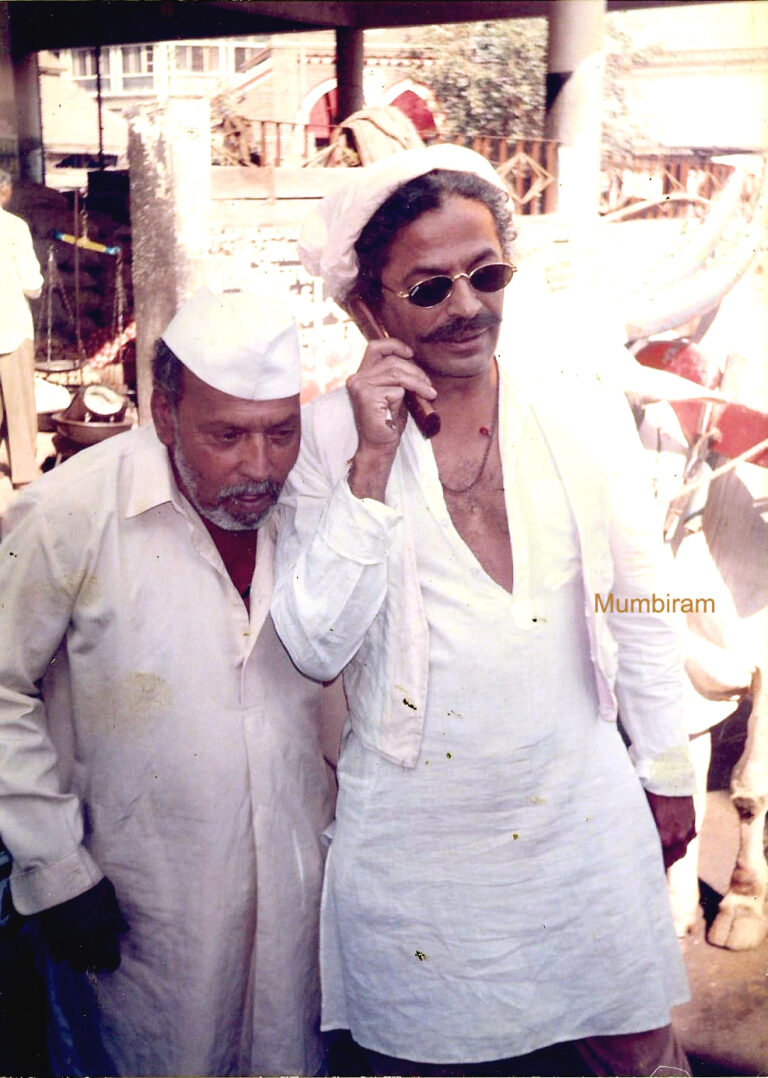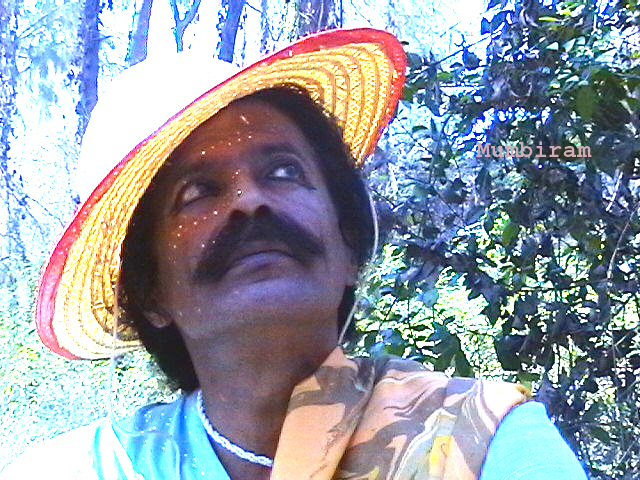
The year was 2004. Mumbiram and Vrinda were living in the Kunja dwelling of Dashrath and Mangaltai Naik. It was on the quiet Raut Galli of Akshi. The Naiks lived downstairs. Mumbiram and Vrinda lived upstairs. The elderly lovely couple Ramkrishna Raut and his wife were the nearest neighbors. Sarpanch Nandkumar Walanj had his wadi beyond them. The Dongre family had a large tract of land across the street. The Dongres made big money a hundred years before, selling the famous Dongre Balamrit. Most of the Dongre descendants had settled elsewhere. There was a wadi behind Mangaltai´s house. Coconut, Supari, Mango, Jackfruit were the commonly seen trees in those days in such wadis. A big area of Dashrath’s wadi was a banana plantation. There were Chikoo and Papaya trees in front and beautiful white Hibiscuses and Parijat trees were bringing up the flanks of the house. Most importantly, Dashrath and Mangaltai were gracious hosts.
The walk from that home to the ocean passed through some overgrown ´virgin´forests. One had to overcome some thorny thickets of exotic shrubs and vines and some streams that were frequented by wild boars. It was an exciting, even thrilling walk. It was an inviting amphitheatre for Mumbiram´s costume dramas. Now he had Vrinda with all the enthusiasm to match his own to join in Rasa creativity.
It appears that Mumbiram had secret admiration for Raja Rammohan Roy. Like every child of his age Mumbiram had read about R3 in his middle school history books. Apart from his social reform activities what had caught Mumbiram`s fancy was the visual flourish of R´s attire and demeanor. Walking to the ocean in the hot Konkan Sun on this cool winter morning Mumbiram was equipped with a straw hat and a shoulder cloth. That was somehow enough for Mumbiram to conjure a Raja Rammohan Roy for Vrinda´s camera. It mattered not that Vrinda didn´t know who R3 was .
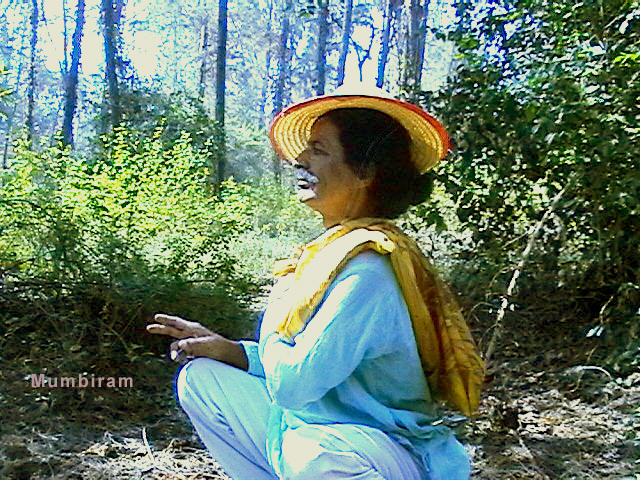
Mumbiram´s life journey has been one of listening to the forces of inner inherent attraction that is mysteriously like the forces of déjà vu. Mumbiram was sensitive enough to perceive them. He was bold enough to acknowledge and respond to them. Eventually these would reveal themselves to be links in his process of self-realization.

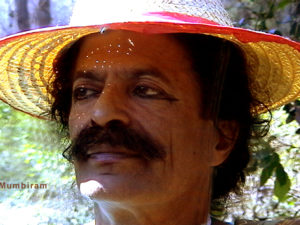
R3 was born in the so-called Kulin Brahmin community of Bengal. These were descendants of a handful of families from 12th century Kannauj that were brought over to Bengal by the ruler Ballal Sen. Rammohan rebelled against the orthodox practices of his own privileged caste and devoted his life to reforms for the entire Bengali and Indian society. He campaigned against the practices of child marriages, dowry and sati. All these were related to the marriage institution and were notoriously prevalent in his own ´kulin´ caste. He was proficient in several languages including Persian, Greek and Latin. He had studied Christian and Islamic traditions as well as the ancient traditions of the Vedas and the Upanishads. He dreamed of a Universal religion for mankind. In his personal life he strived to combine the best of east and west. He had studied how the wealth of India was being drained by the British in astounding quantities. He is considered to be “The Father of Bengal Renaissance”.
Many of these remarkable details in Rammohan Roy´s life story became known to Mumbiram only many years after. He knew that his father´s maternal grandfather Bhaskar Hari Bhagvat was one of the very original founding fathers of the “Prarthana Samaj” which shared many similarities with R3´s Brahma Sabha. He came to know what important role his own ancestors had played in ushering into Maharashtra and western India what would be an exact counterpart of the “Bengal Renaissance”. He came to know of the important poem “Dasara” of poet ´Govindagraj´ (Ram Ganesh Gadkari) in which he heartily praises, in the same breath, the courage of the Bhagvats and of Keshavchandra Sen the founder of the `Brahmo Samaj´. But he came to know that Bhaskar Hari Bhagvat had indeed written a Marathi biography of Rammohan Roy way back in the1870´s.

